The materials used in making sleeping bags have evolved over the years.
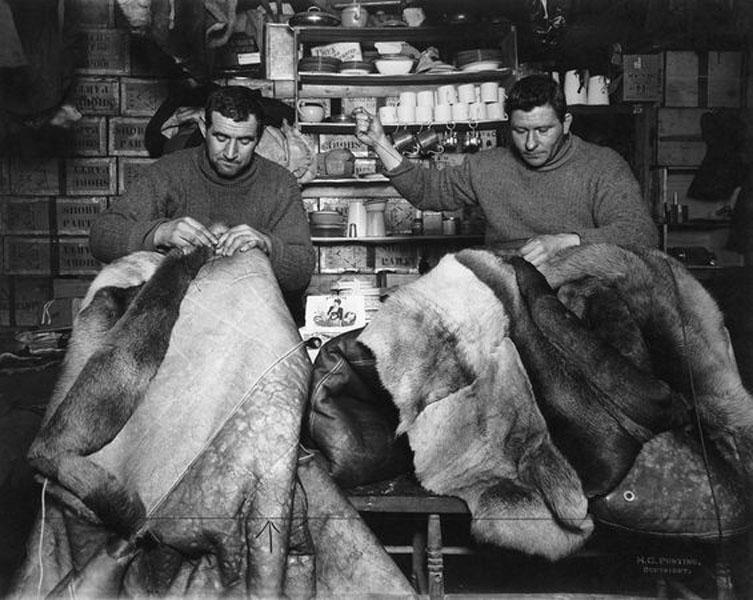
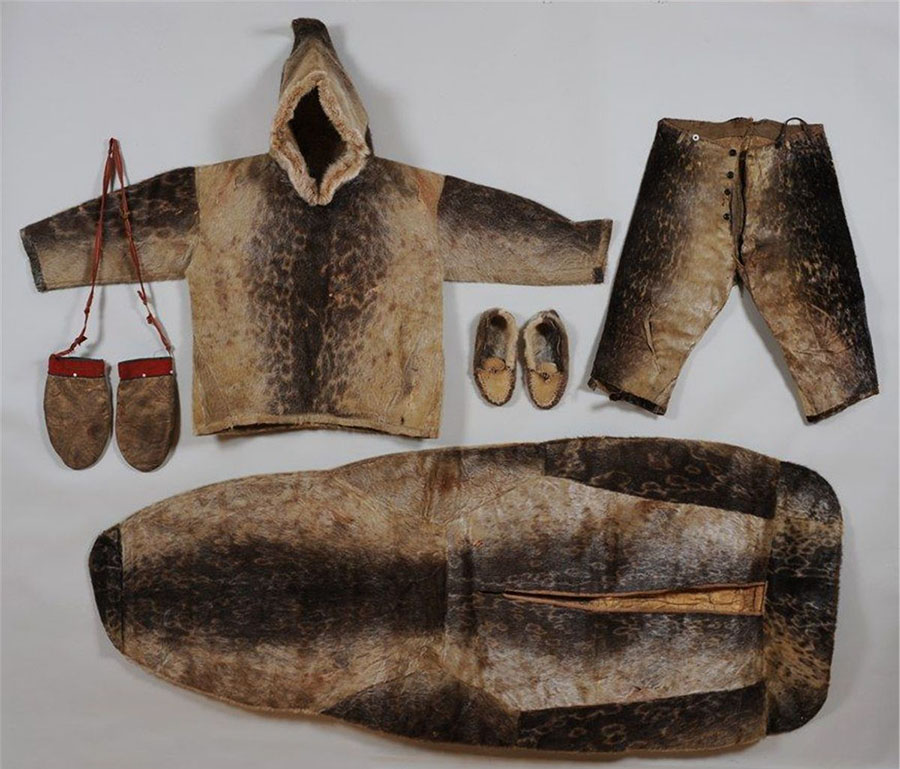 The demand for insulated sleeping bags pretty much came about from the exploration and mountaineering communities. The natural insulating properties of camel hair was originally used in woven blankets in the late 19th century.In 1861 Francis Tuckett, vice-president of the English Alpine Society, used a textile with applied rubber waterproofing compound and effectively started a range of modifications that lead all the way to our contemporary sleeping bag. Tuckett continuously tested his prototype Alpine sleeping bag and within a few years he had perfected a bag design which consisted of blanket material with rubber-coated fabric on the underside.
The demand for insulated sleeping bags pretty much came about from the exploration and mountaineering communities. The natural insulating properties of camel hair was originally used in woven blankets in the late 19th century.In 1861 Francis Tuckett, vice-president of the English Alpine Society, used a textile with applied rubber waterproofing compound and effectively started a range of modifications that lead all the way to our contemporary sleeping bag. Tuckett continuously tested his prototype Alpine sleeping bag and within a few years he had perfected a bag design which consisted of blanket material with rubber-coated fabric on the underside.

Francis Tuckett, vice-president of the English Alpine Society
It is believed that in 1890 a Norwegian company Ajungilak was the first company to commercially produce sleeping bags with an insulating filling. Just over forty years later in 1933 the French alpinist Pierre Allain introduced the pied d’elephant (the elephant foot) a short sleeping bag that joined to a down jacket, both of which were covered by a waterproofed silk outer bag – the cagoule – which later became shortened to become the lightweight climber’s rain parka.
The Euklisia Rug

An innovative rug that’s been described as the world’s first sleeping bag has been re-created and is going on display at the Newtown Textile Museum. The Euklisia rug – patented by Newtown entrepreneur Pryce Jones in 1876 – was exported around the world in the late 19th century. Documents show he sold 60,000 the rugs to the Russian army – and the British army also bought them.
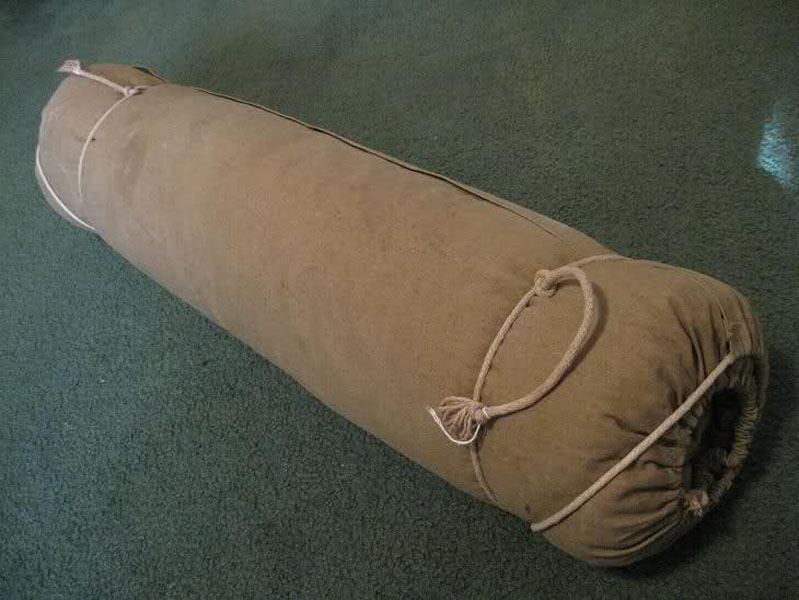
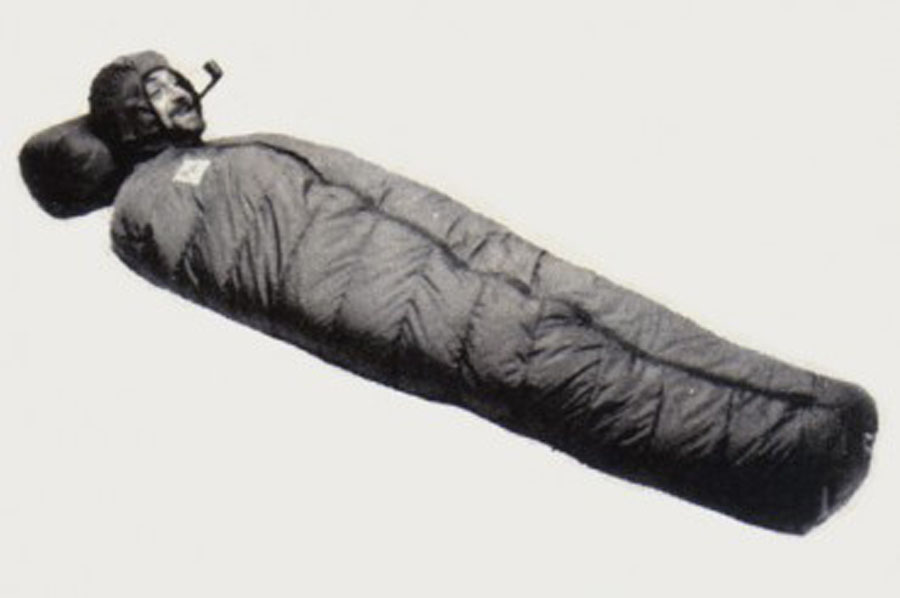
Over the years sleeping bags and the type of materials used in them has evolved and with the addition of hood shapes, collars, zip covers and dual zip systems, drawstrings, alternate baffling to hold the filling in place, compression bags, draw chords and so on, there are now some top quality products on the market to suit all types of weather conditions and activities. The development of sleeping bags over the years predominantly centered on weight (as this was very important for climbers/hikers) , breathability and the ability of the sleeping bags to resist water.
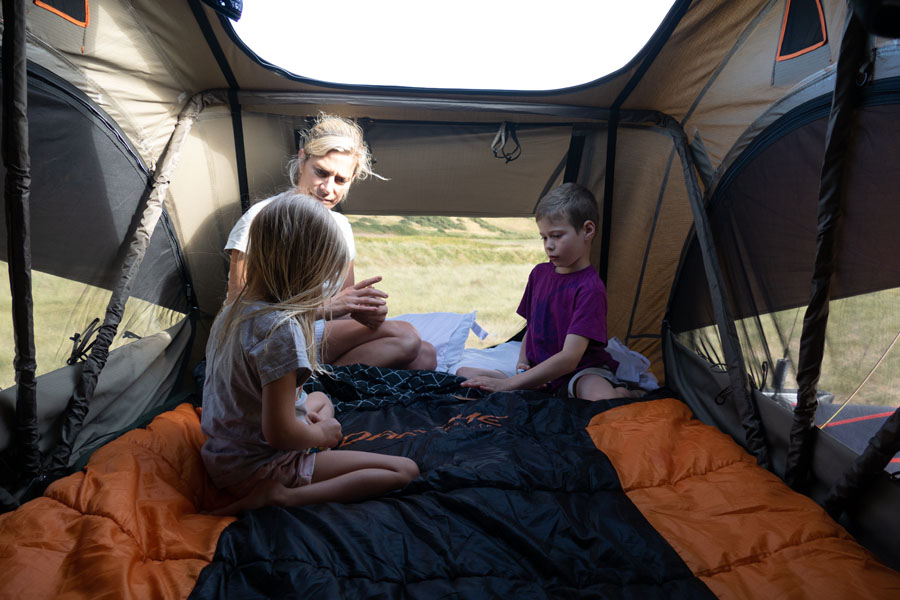

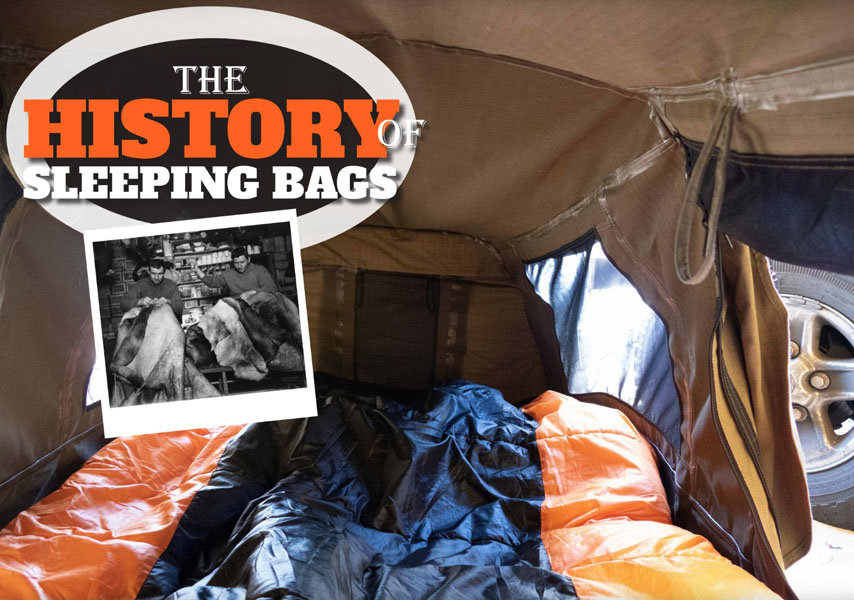


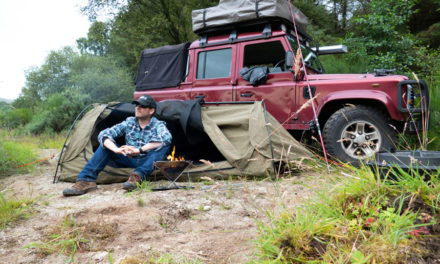

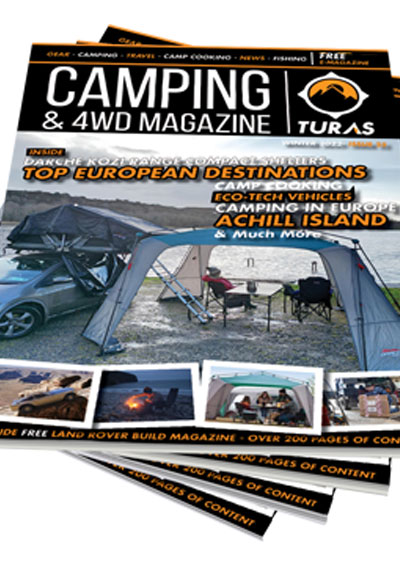

çok iyi çok yardımcı oldu sağolasınız.